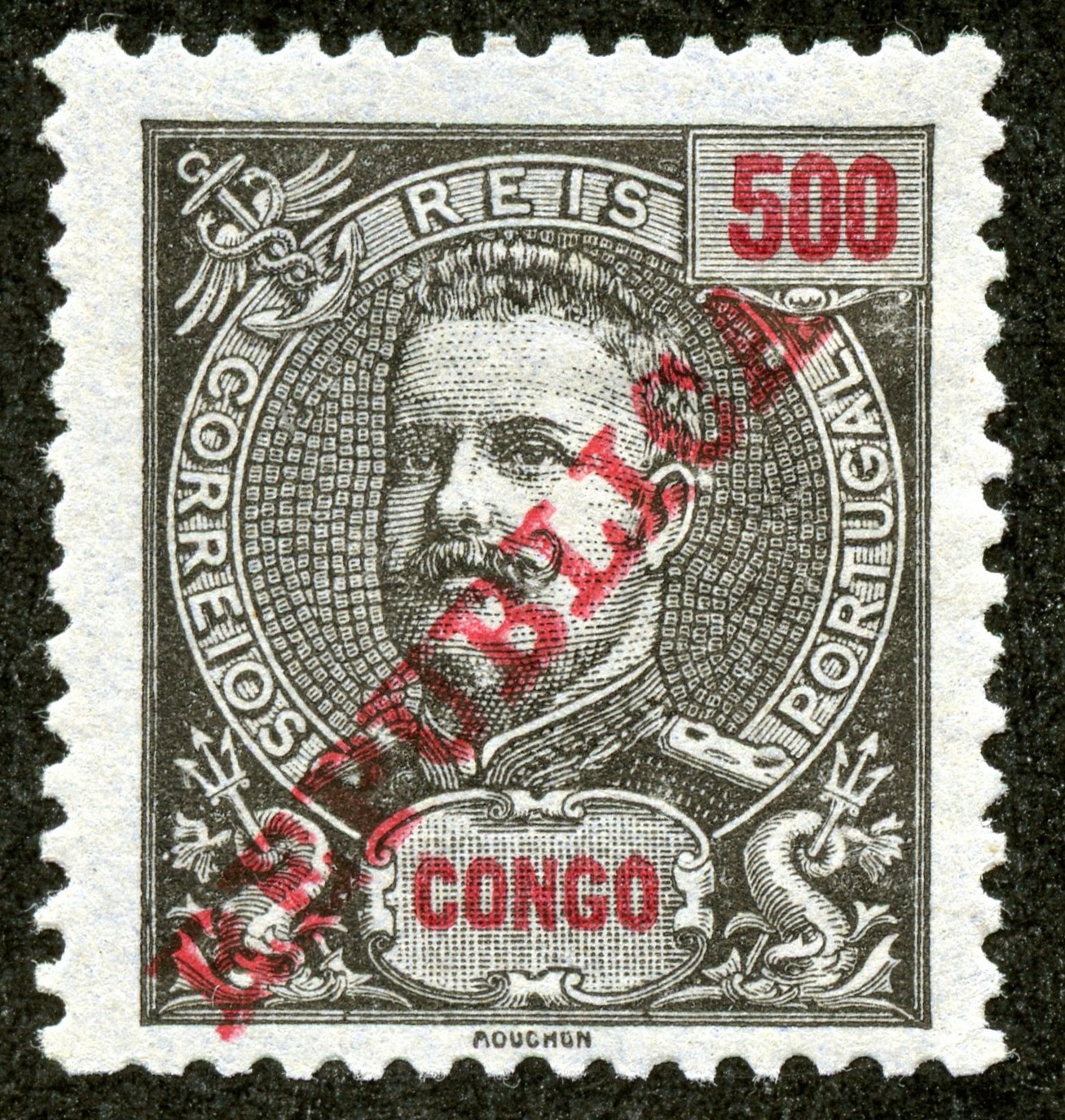1862-65 Scott 6 3p blue "Queen Victoria"
Quick HistoryAnne of the Green Gables (1908) , a novel set in Victorian times on Prince Edward Island, forms for many, the first exposure to the people and landscape of this small province, located in the Canadian Maritimes.
Prince Edward Island
Known as St. John's Island until 1798
The Capital is Charlottetown, and the population was 92,000 in 1940.
Great Britain obtained the island from France in 1763, under the Treaty of Paris. The island was a separate British colony from 1769 to 1873, when it belatedly joined the Canadian Confederation.
Prince Edward, Duke of Kent and Strathearn (1767- 1820)
Father of Queen Victoria
The island was renamed from St.John's Island (because of confusion with the cities of St. John's in New Brunswick and Newfoundland) to Prince Edward Island in 1798 in honor of Prince Edward, the fourth son of King George III. As it turned out, the choice was also fortuitous, as Alexandrina Victoria was born in 1819, and Edward, then, was the father of the Queen.
Stamps were introduced in 1861, and sixteen stamps were forthcoming through 1872, when the British colony elected to join the Dominion of Canada on July 1, 1873.
1872 Scott 12 2c ultramarine "Queen Victoria"
Into the Deep BlueThe 2011 Scott Classic Specialized 1840-1940 catalogue for Prince Edward Island 1861- 1872, has 16 major descriptive numbers. Of those, seven are CV $5+-$20, or 43%. Three more are CV $20+-$35. A representative collection is available if the WW classical collector accepts these costs.
A closer look at the stamps and issues
12 Pence = 1 Shilling
100 Cents = 1 Dollar (1872)
1862-65 Scott 5 2p rose "Queen Victoria"
A three stamp typographed issue of Queen Victoria was released January 1, 1861. This issue has perf 9, and is quite expensive (CV $300-$1000+).
The three frame and denomination designs, though, were repeated for the 1862-65 issue, along with two new frame designs. All have the same queen vignette.
The 1862-65 five stamp issue has a much different perf: 11 1/2- 12 for the major numbers.
The three frame and denomination designs, though, were repeated for the 1862-65 issue, along with two new frame designs. All have the same queen vignette.
The 1862-65 five stamp issue has a much different perf: 11 1/2- 12 for the major numbers.
1862-65 Scott 8 9p violet
The 1862-65 issue has a CV of $7+ - $90+. The paper may be either white or yellow.
1868 Scott 9 4p black
A four pence denomination was issued in 1868. CV just misses the $20 mark.
Of interest, this stamp was forged by S. Allan Taylor of the Boston Gang in the 19th century. It was a quite crude lithographic imitation, for the Queen has no mouth!
Actually, few of the Prince Edward Island stamps were forged, as so many genuine remainders were left after the colony joined the Canada, keeping the prices down, that it was not worth the effort.
Of interest, this stamp was forged by S. Allan Taylor of the Boston Gang in the 19th century. It was a quite crude lithographic imitation, for the Queen has no mouth!
Actually, few of the Prince Edward Island stamps were forged, as so many genuine remainders were left after the colony joined the Canada, keeping the prices down, that it was not worth the effort.
1870 Scott 10 4 1/2p brown "Queen Victoria"
A lovely 3/4 portrait view of the queen was issued on a 4 1/2p denomination in 1870. The portrait and design looks quite similar to the New Brunswick 1860-63 three stamp issue of the Queen.
1872 Scott 14 4c green "Queen Victoria"
In 1872, the colony changed the denomination values to Cents/ Canadian Dollar, and hence new stamp were needed.
The somewhat older queen's vignette was the same for all six denominations, but the frame design was different for each one, as well as, naturally, the color of the stamp.
The somewhat older queen's vignette was the same for all six denominations, but the frame design was different for each one, as well as, naturally, the color of the stamp.
1872 Scott 15 6c black
CV for the six stamps in the issue ranges from $5+-$20+, with unused of less value than used. As this issue was released only 18 months before joining the Dominion of Canada, there were plenty of remainders that became available to collectors, keeping the CV fairly low. Yes!
Deep Blue
Prince Edward Island Issues in Deep Blue
Deep Blue (Steiner) has one page for Prince Edward Island. Adequate, if one wishes not to collect variations.
1862-65 Scott 4 1p yellow orange
Big BlueBig Blue '69 has Prince Edward Island on two lines of one page, shared with Penrhyn Island. There are nine spaces, or 56% coverage of the total stamp output. The page is located after Panama, and before Papua.
The 40s BB editions have the same coverage, but the page is located before Persia.
The coverage cannot be faulted, as any missing spaces are more expensive.
There are three stamp spaces in BB with CV $10+-$20+.
Checklist
1861- 68 (Actually - 1872)
1 or 5*, 2 or 6, 9, (14)
11,12,13,15,16,
Comments
A) Expensive stamps ($10 threshold):
1862-65 Scott 6 3p blue ($10+)
1872 Scott 12 2c ultramarine ($20+)
1872 Scott 13 3c rose ($20+)
B) * 1 or 5 & 2 or 6 are perf 9 vs perf 11 1/2 -12 respectively.
C) ( ) around a number indicates a blank space choice
1872 Scott 13 3c rose
Out of the BlueExcept for the 1870 3/4 portrait queen which is engraved, all the other issue stamps are typographed. I admit I prefer engraved stamps for my "classics". I think they look better.
But the prices are right for these unused specimens- so I am not complaining much. ;-)
Note: Map and pics appear to be in the public domain.
Have a comment?
The "Real" Green Gables Farmhouse in Cavendish, Prince Edward Island




























































